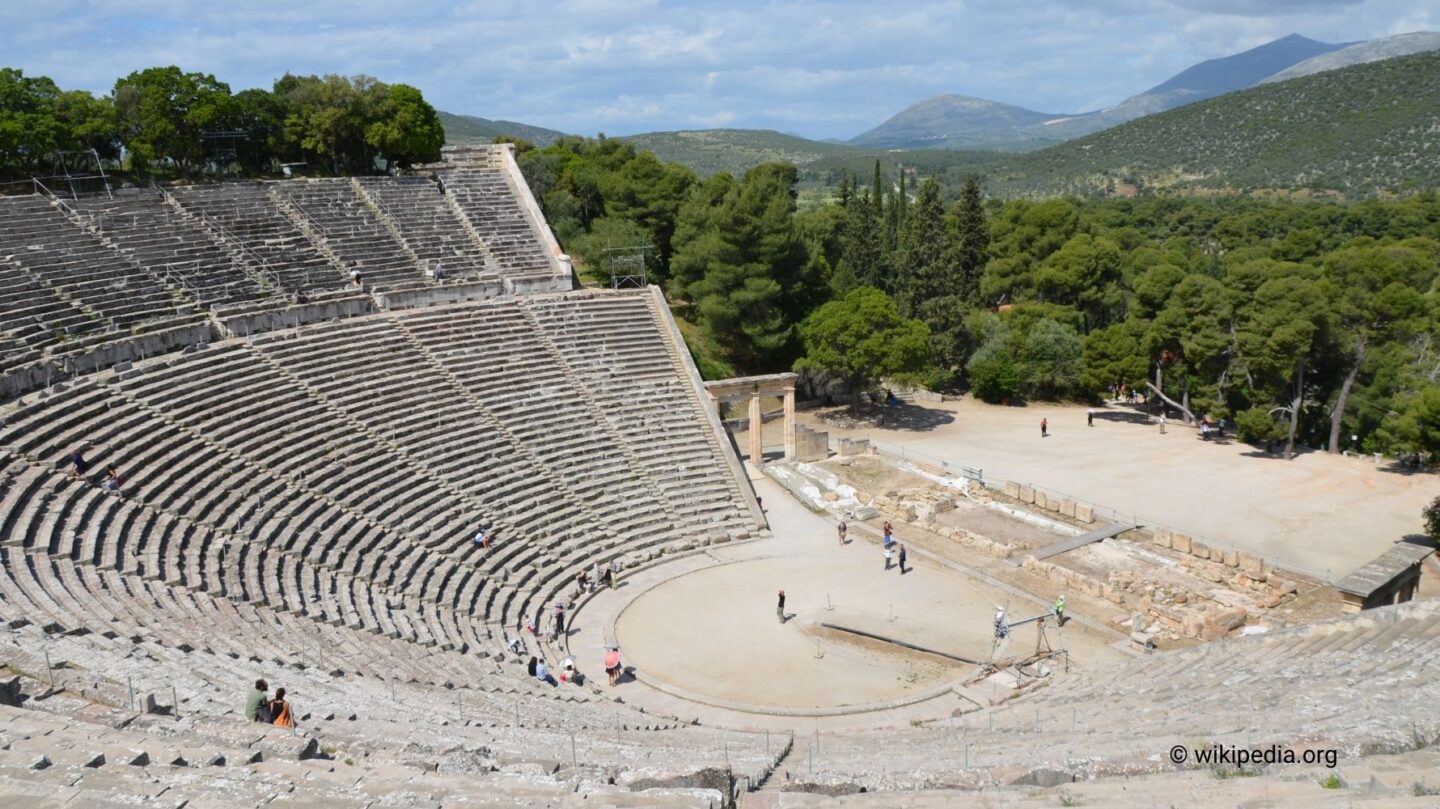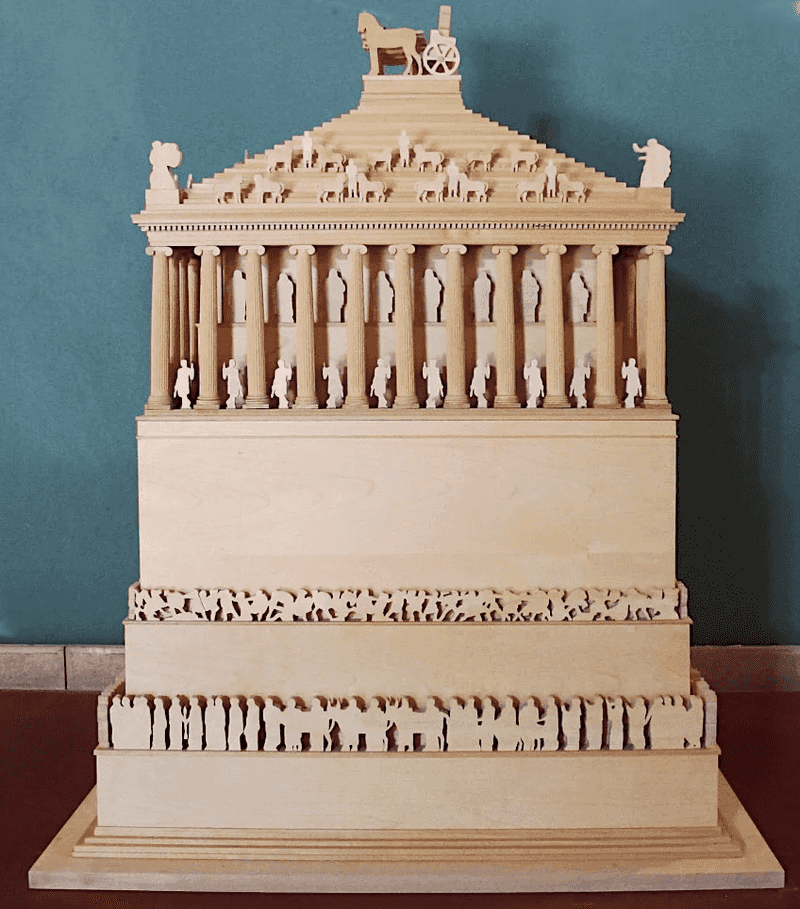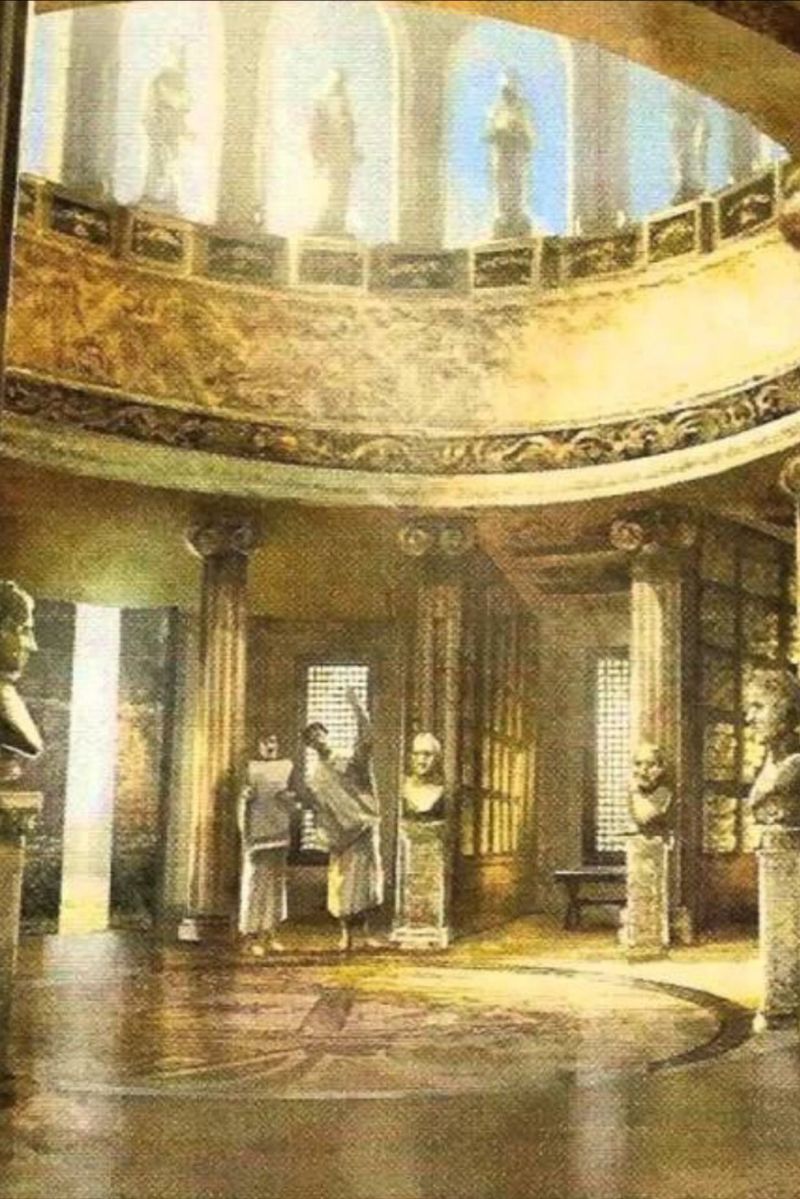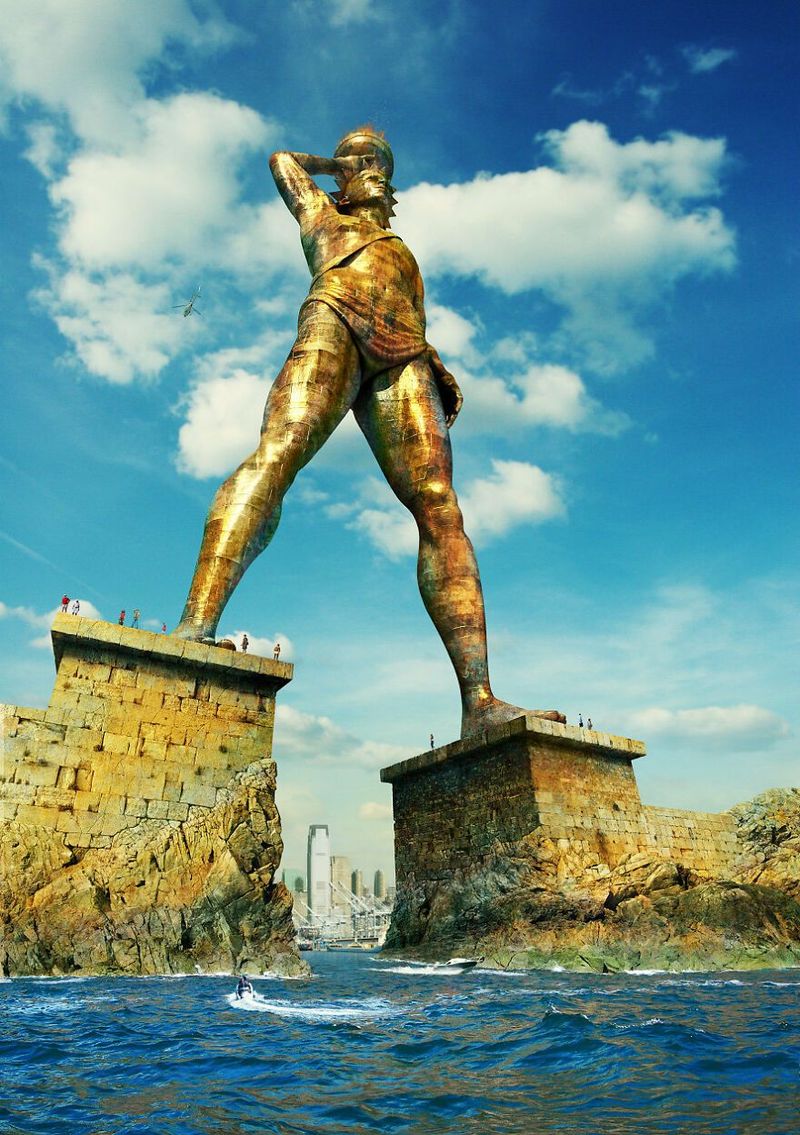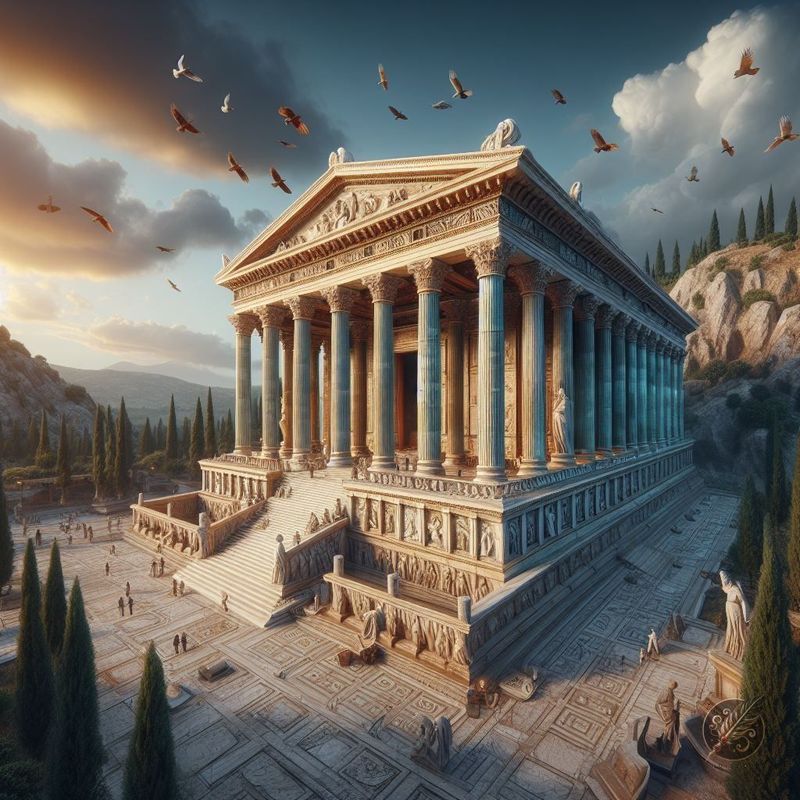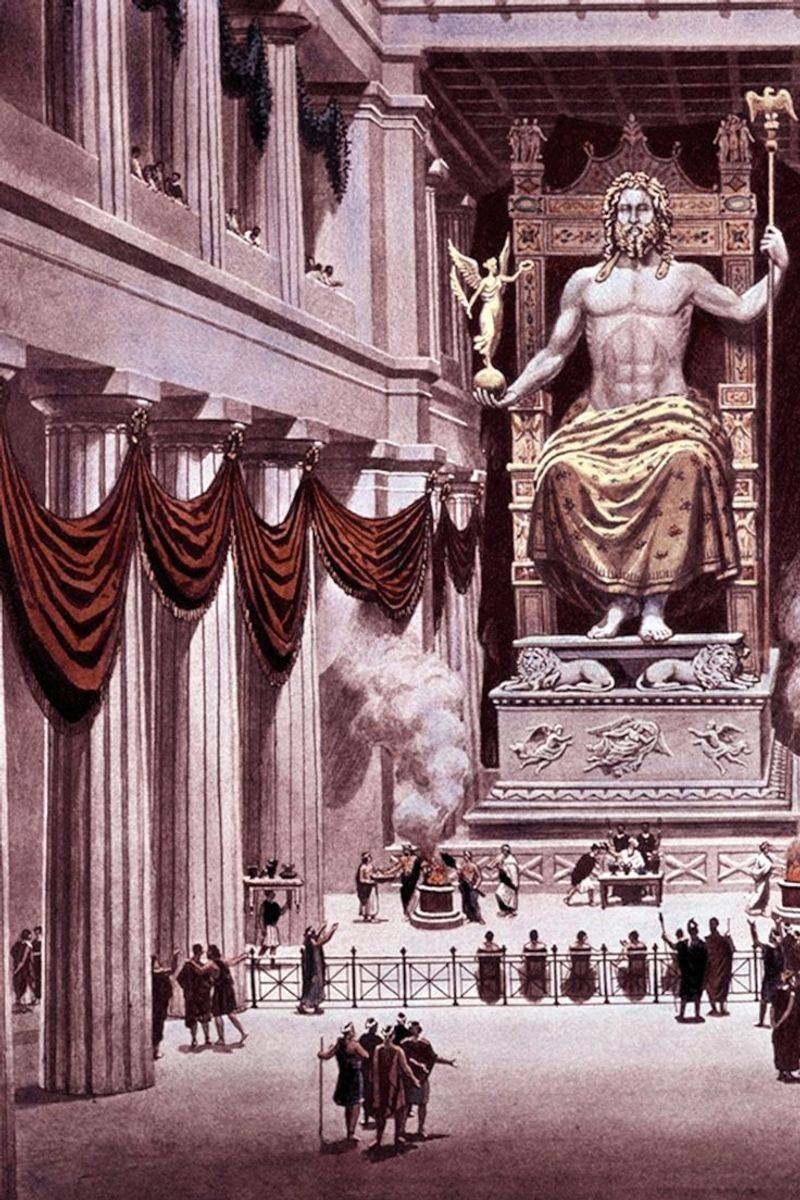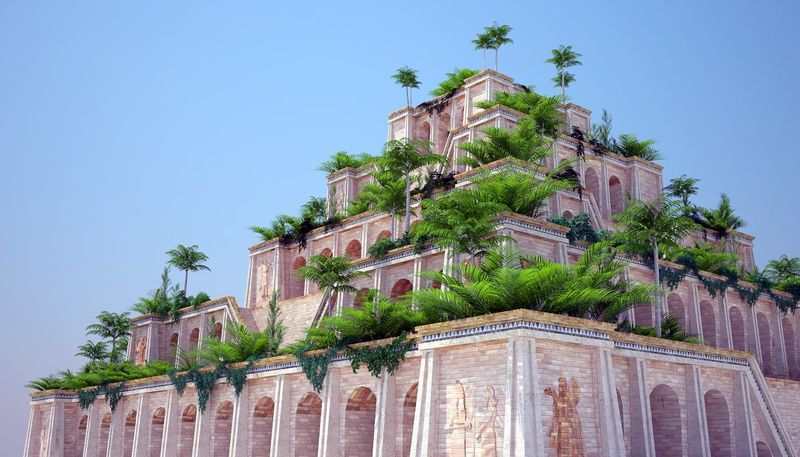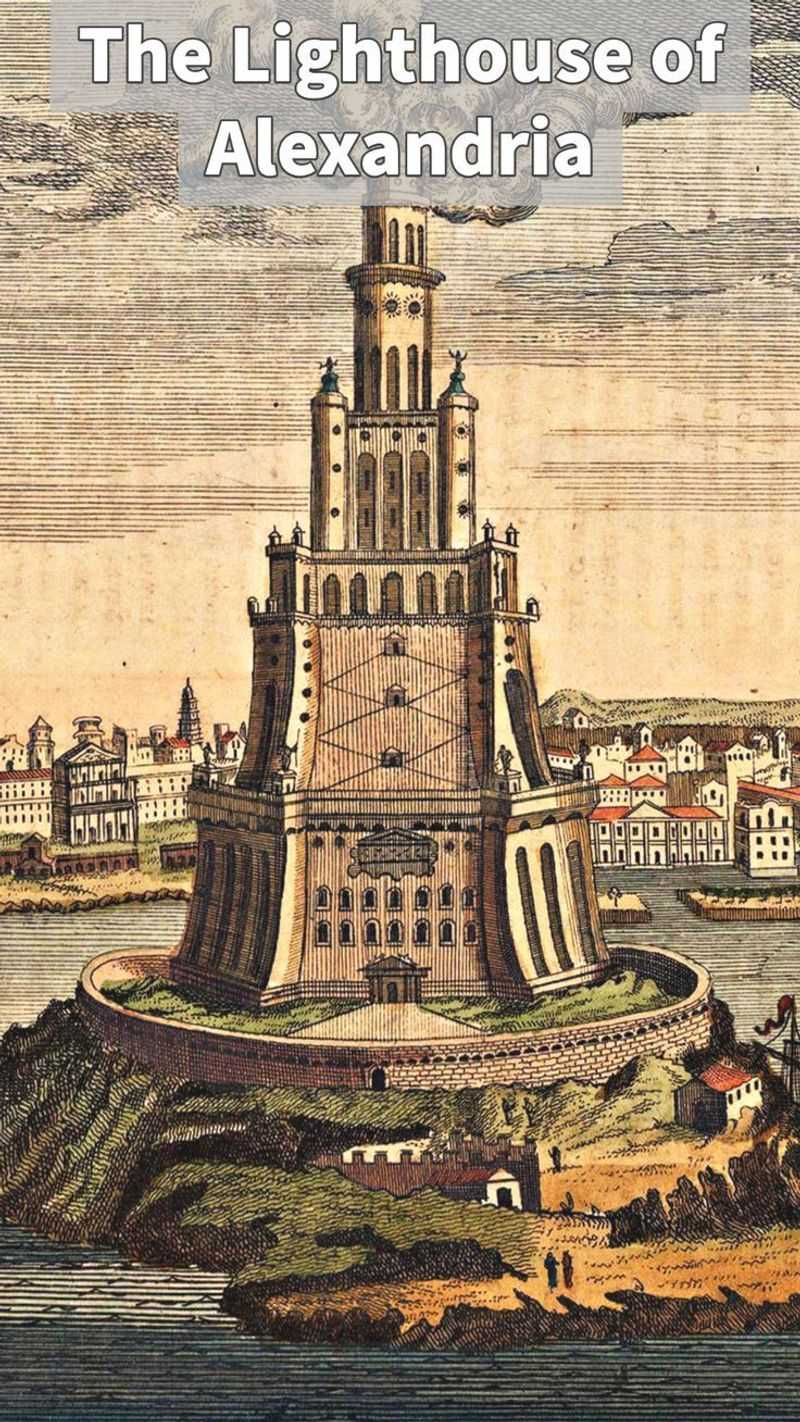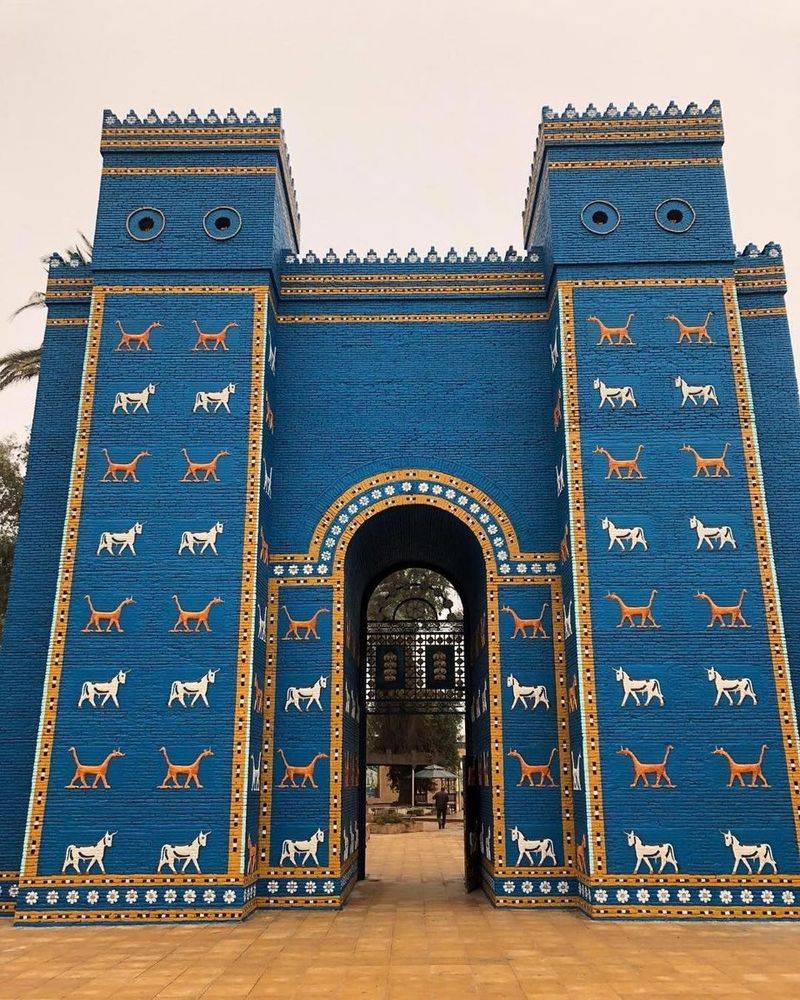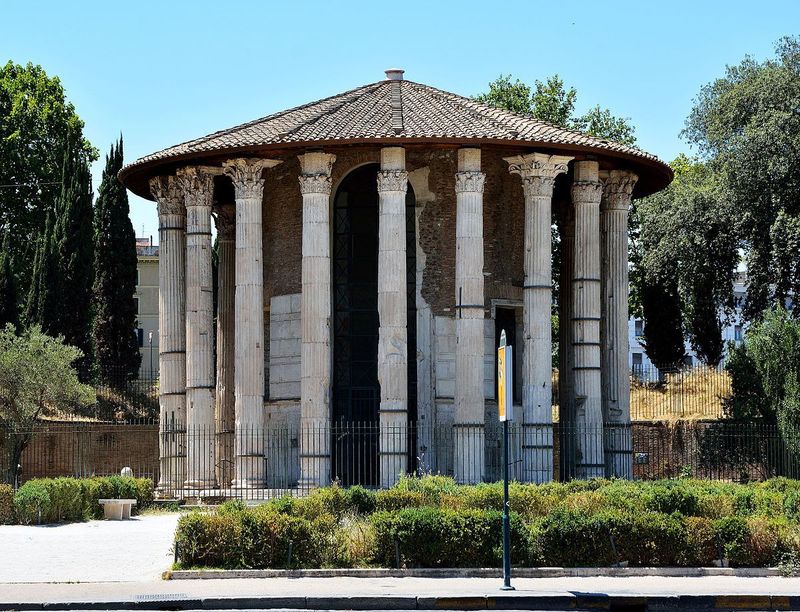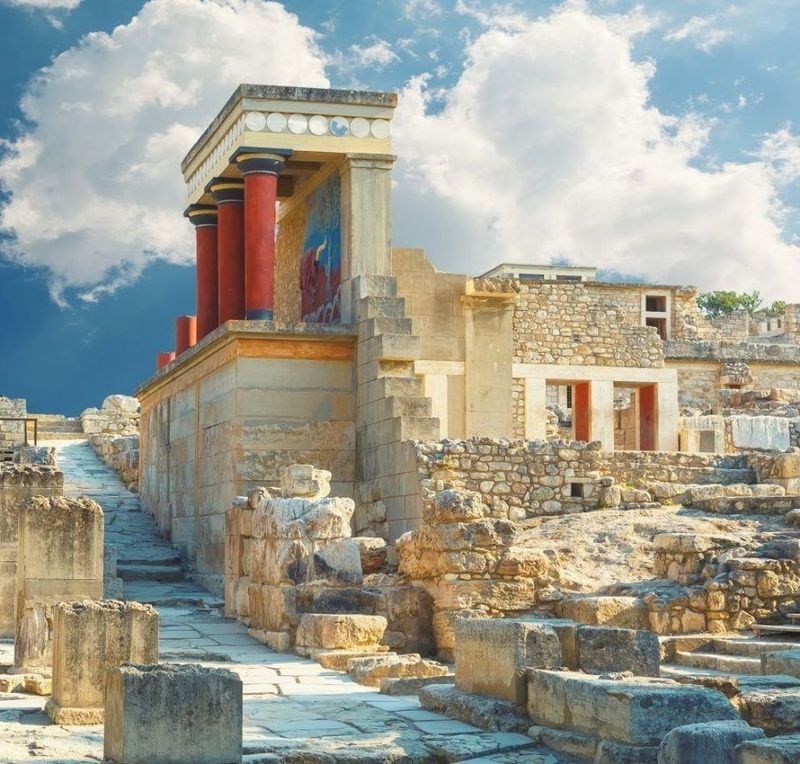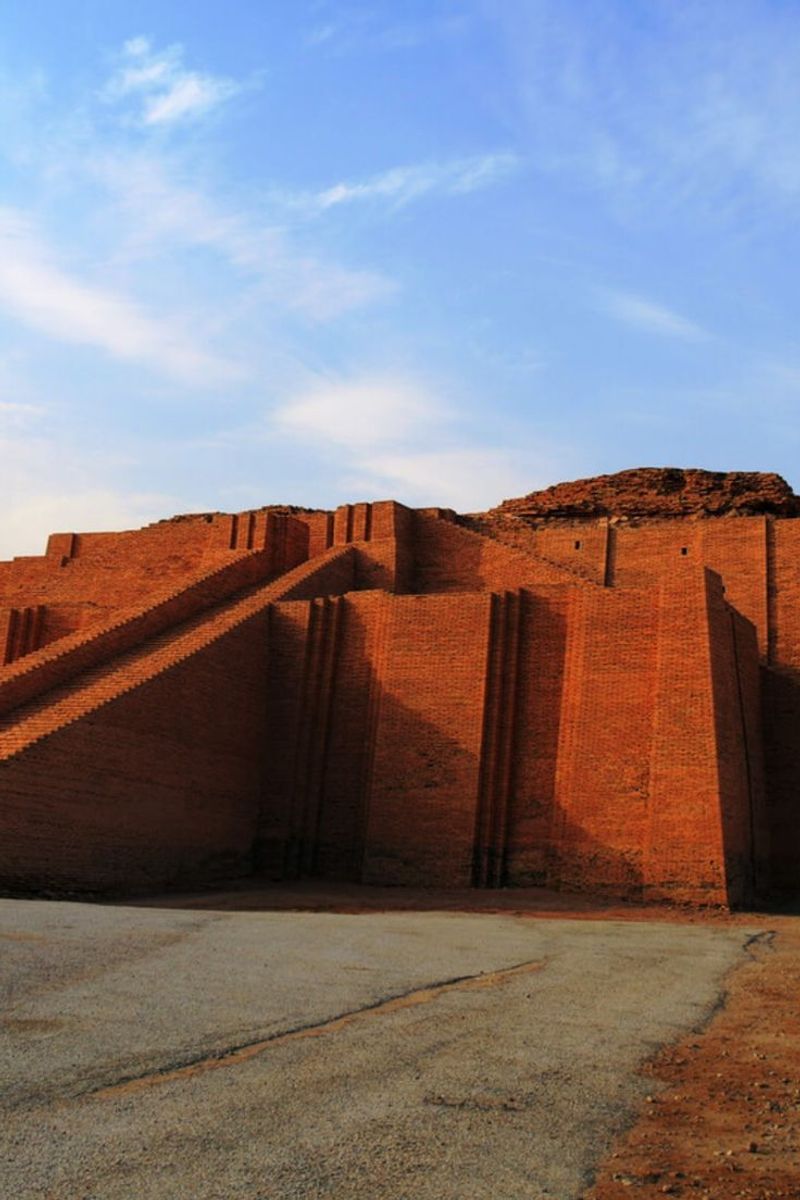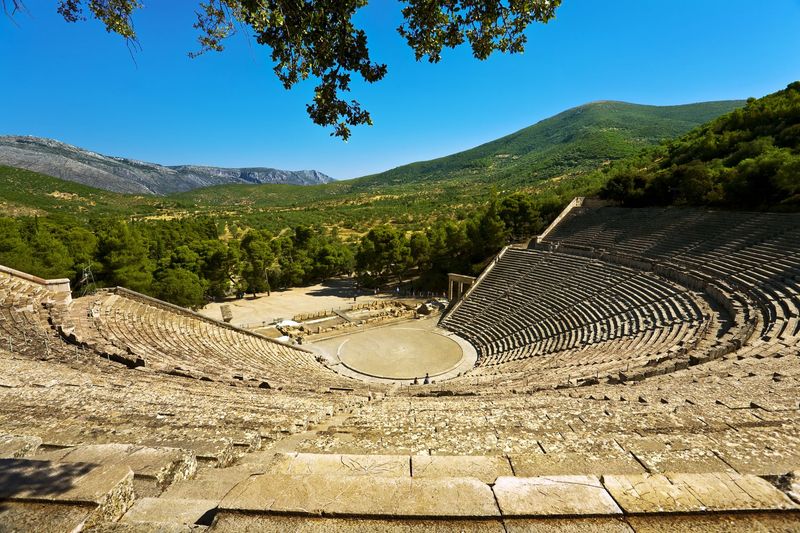Dive into the fascinating world of ancient marvels that have slipped through the cracks of history. While many are familiar with the classic Seven Wonders, numerous other extraordinary creations from antiquity deserve recognition. These lesser-known wonders showcase the ingenuity and creativity of ancient civilizations, leaving behind whispers of their grandeur. Join us as we explore twelve remarkable but often overlooked wonders that defined the ancient world.
The Mausoleum of Maussollos
The Mausoleum of Maussollos stands as a testament to architectural brilliance in ancient times. This monumental tomb, constructed in 350 BC in Halicarnassus, Turkey, was built for Mausolus, a satrap of the Persian Empire, and his wife Artemisia. Its towering columns and intricate carvings captivated visitors for centuries.nnThe mausoleum measured approximately 45 meters in height, adorned with a pyramid-shaped roof and sculptures created by renowned Greek artists. Despite its destruction by earthquakes, its influence persists in modern mausoleums.nnExploring its design offers insights into the fusion of Greek, Egyptian, and Lycian architectural styles.
The Great Library of Alexandria
The Great Library of Alexandria was a beacon of knowledge and learning in the ancient world. Established in the 3rd century BC in Alexandria, Egypt, it was a hub for scholars and intellectuals. The library housed countless scrolls and manuscripts, serving as a repository of human knowledge.nnIts vast collection attracted great minds, including Euclid and Archimedes, who contributed to various fields of study. Despite its eventual destruction, the library’s legacy endures, symbolizing the pursuit of knowledge.nnLearning about its history inspires appreciation for the importance of preserving and sharing knowledge.
The Colossus of Rhodes
The Colossus of Rhodes was an awe-inspiring statue that once stood proudly at the entrance of Rhodes’ harbor. Constructed around 280 BC, it depicted Helios, the sun god, and celebrated Rhodes’ victory over Cyprus. Towering at approximately 33 meters, it was one of the tallest statues of the ancient world.nnThough it stood for only 54 years before being toppled by an earthquake, its magnificence left an indelible mark on history.nnImagining its presence in the harbor evokes a sense of wonder and admiration for the artistic achievements of ancient Greek sculptors.
The Temple of Artemis at Ephesus
The Temple of Artemis at Ephesus was a marvel of religious architecture dedicated to the goddess Artemis. Built around 550 BC in Ephesus, Turkey, this grand temple was adorned with ornate columns and sculptures. It served as a place of worship and pilgrimage for devotees.nnThe temple was rebuilt multiple times due to destruction, reflecting its enduring significance.nnDespite its ruins today, its legacy continues to influence architectural design and religious devotion, reminding us of the spiritual and cultural richness of ancient civilizations.
The Statue of Zeus at Olympia
The Statue of Zeus at Olympia was a masterpiece of ancient Greek artistry. Crafted by the renowned sculptor Phidias in the 5th century BC, this grand statue depicted Zeus, king of the Greek gods, seated majestically on a throne.nnMade of ivory and gold, it was considered one of the Seven Wonders of the Ancient World. Its artistic excellence and divine representation captivated all who beheld it.nnThough lost to time, the statue’s legacy endures, inspiring countless replicas and serving as a symbol of artistic and religious devotion in ancient Greece.
The Hanging Gardens of Babylon
The Hanging Gardens of Babylon were a verdant paradise amidst the arid landscape of ancient Mesopotamia. Built around 600 BC in Babylon, they are often attributed to King Nebuchadnezzar II, who allegedly constructed them for his queen.nnThe gardens featured lush terraces adorned with exotic plants and trees, watered by an ingenious irrigation system.nnWhile their existence remains debated, the gardens symbolize the ingenuity and desire to create beauty in inhospitable environments, inspiring many to dream of utopian landscapes.
The Lighthouse of Alexandria
The Lighthouse of Alexandria, also known as the Pharos of Alexandria, stood as a guiding beacon for sailors navigating the treacherous waters of the Mediterranean. Built in the 3rd century BC on Pharos Island, Alexandria, Egypt, it was one of the tallest man-made structures of its time.nnIts light, visible from miles away, ensured safe passage for countless vessels. Despite its eventual destruction, the lighthouse’s legacy endures, symbolizing human innovation.nnIts architectural brilliance inspired the construction of lighthouses worldwide, cementing its place in maritime history.
The Ishtar Gate of Babylon
The Ishtar Gate was a majestic entrance to the ancient city of Babylon, constructed in the 6th century BC under King Nebuchadnezzar II. This grand gate was adorned with vibrant glazed bricks depicting mythical animals, making it an architectural marvel.nnIt was part of the city’s inner wall and served as a symbol of Babylon’s power and glory.nnToday, its reconstructed remnants are housed in museums, captivating visitors with its artistic grandeur and offering a glimpse into the rich cultural heritage of Mesopotamia.
The Temple of Hercules Victor
The Temple of Hercules Victor, located in the Forum Boarium of ancient Rome, is a testament to Roman architectural ingenuity. This circular temple, built in the 2nd century BC, was dedicated to Hercules, the mythic hero.nnIts unique design includes a circular structure surrounded by Corinthian columns, reflecting Greek influence on Roman architecture.nnAs one of the oldest surviving temples in Rome, it offers insights into the Roman religious and cultural practices, highlighting the blend of myth and architecture in creating sacred spaces.
The Palace of Knossos
The Palace of Knossos is an emblem of the sophisticated Minoan civilization of the Bronze Age. Located on the island of Crete, this grand palace was a center of political and ceremonial activities.nnIts intricate layout, vibrant frescoes, and mythical labyrinth are legendary, offering insights into the advanced society that flourished there.nnExploring its ruins introduces visitors to the fascinating world of Minoan culture, known for its art, architecture, and contributions to European history.
The Ziggurat of Ur
The Ziggurat of Ur stands as a monumental testament to the architectural prowess of ancient Sumerians. Built in the 21st century BC, this stepped pyramid served as a temple complex in the city of Ur, present-day Iraq.nnIts massive structure, with terraced levels leading to a shrine, reflects the religious and cultural significance of ziggurats in Mesopotamian society.nnAs one of the best-preserved ziggurats, it continues to captivate historians and archaeologists, offering a glimpse into the spiritual life of ancient civilizations.
The Theatre of Epidaurus
The Theatre of Epidaurus is a masterpiece of ancient Greek architecture renowned for its perfect acoustics. Built in the 4th century BC, it is one of the best-preserved ancient amphitheaters in Greece.nnIts design allows even whispers to be heard clearly from the stage to the top rows, showcasing the Greeks’ understanding of acoustics.nnToday, it remains a popular venue for performances, preserving its cultural significance and offering modern audiences a chance to experience ancient Greek theatrical traditions.
